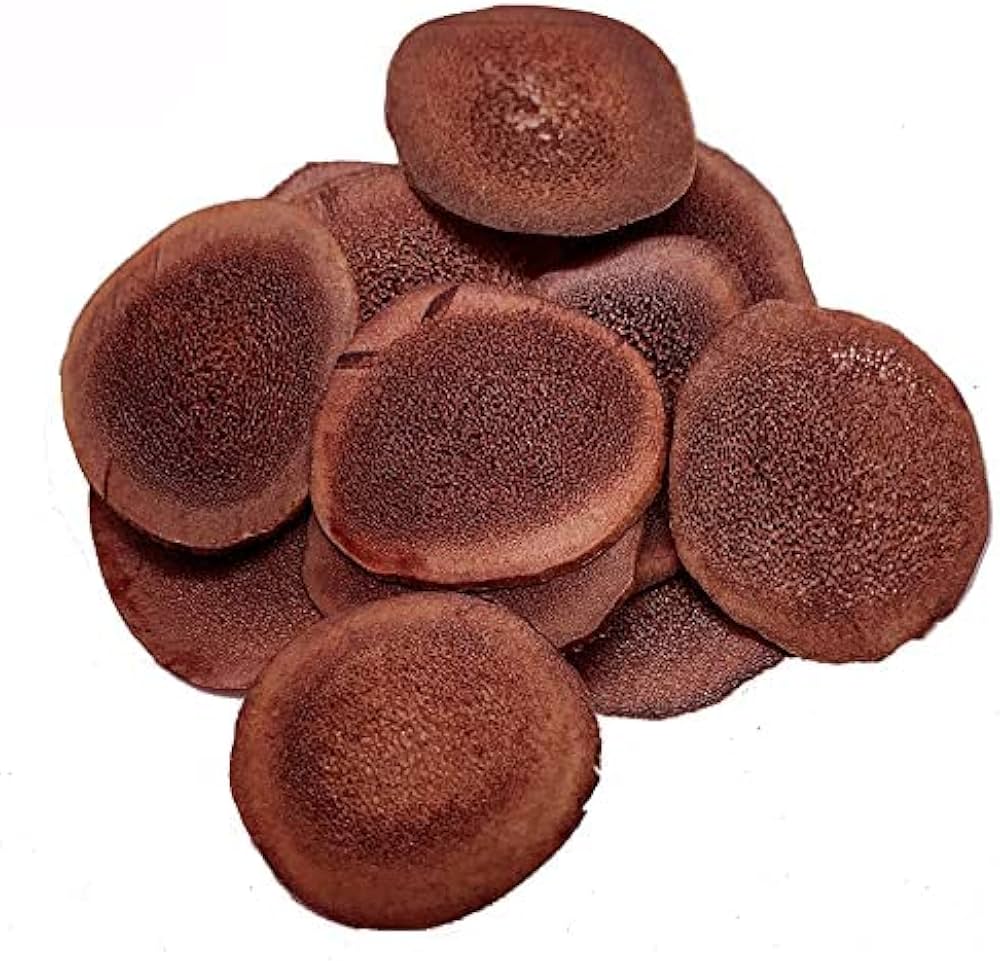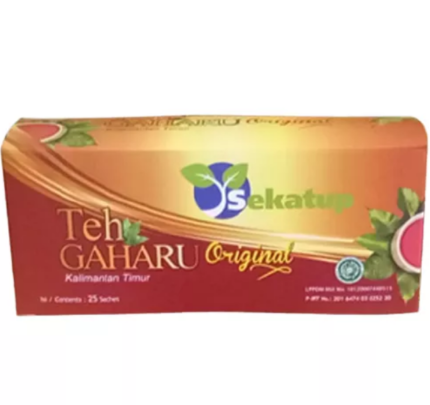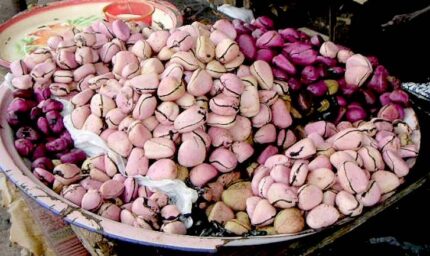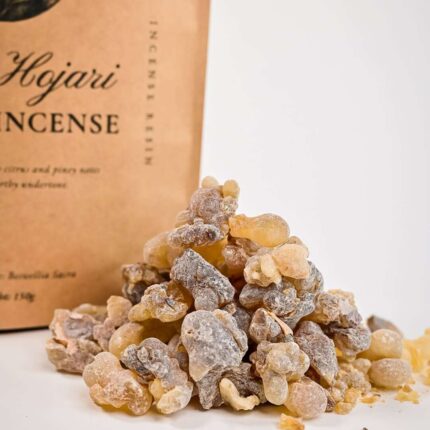Description
What is it used for?
Traditional/Ethnobotanical uses
The word antler is derived from the Latin Anteoculae, meaning “in front of the eyes.” Antlers are present in almost all members of the deer family Cervidae. The first documented evidence of deer velvet as a medicinal was found on a scroll recovered from a tomb in Hunan China dating back 2000 years. The use of antler dates back to the Han Dynasty 206 BC to 220 AD. A 16th century medical text, Pen Ts’ao Kang Mu, lists several antler preparations including pills, tinctures, and ointments. In traditional Chinese medicine, velvet antler has been used for over 2000 years as a tonic, to improve bone health, to nourish the blood, reduce swelling, and to treat impotence. Later research on deer antler dates back to the 1980s in Russia. Hundreds of articles since have been published including those documented by Chinese, Korean, and Japanese scientists.
In Chinese medicine, deer velvet has been used to treat impotence, female disorders, urinary problems, skin ailments, and knee weakness. It also is employed as a tonic in children with learning disabilities or insufficient growth. Koreans use antler velvet to treat anemia and impotence and to stimulate the immune system, treat impotence, improve heart function, muscle tone, lung efficiency, and nerve function.
Miscellaneous uses
Deer antler contains chondroitin sulfate, a compound that may help treat arthritis. Prostaglandins, also present in velvet antler, are known for their anti-inflammatory effects. Other therapeutically valuable actions include immune stimulation, anti-aging, protective and rejuvenating effects, and beneficial effects in blood and circulation. Research reveals no clinical data at this time regarding the therapeutic benefits of deer antler.
What is the recommended dosage?
A recent study used 2 to 6 capsules containing 215 mg of deer velvet per day.
Contraindications
Contraindications have not yet been identified.
Pregnancy/Lactation
Information regarding safety and efficacy in pregnancy and lactation is lacking.










